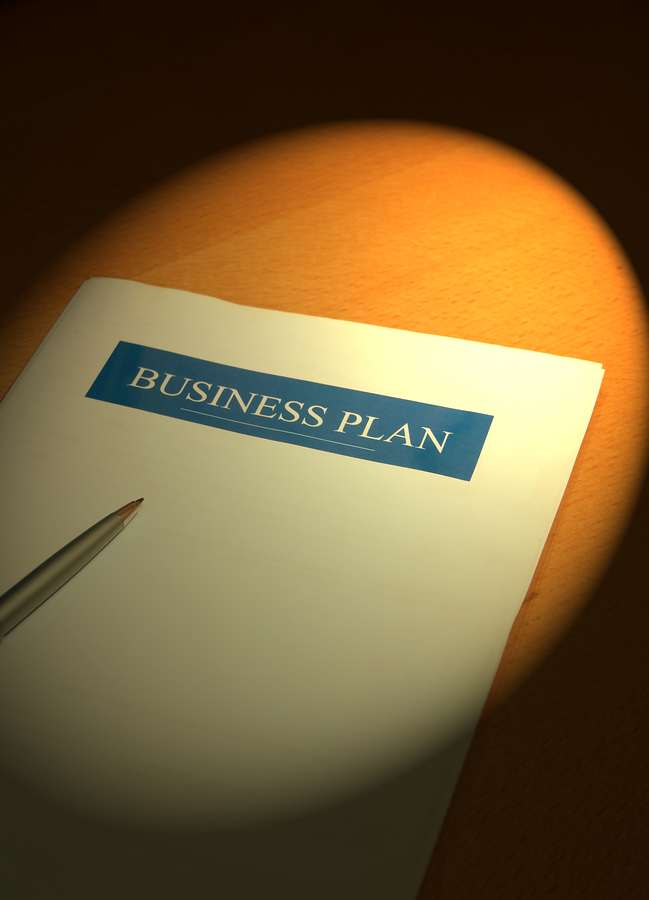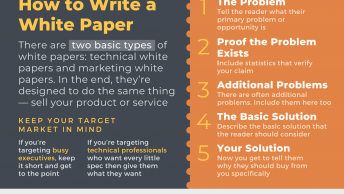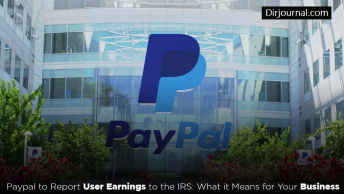 When writing a business plan there are a ton of things to consider. The business plan takes into consideration all aspects of the business venture from rent to payroll to utilities to office expenses. There are three absolutely critical financial statements that should be included with every business plan.
When writing a business plan there are a ton of things to consider. The business plan takes into consideration all aspects of the business venture from rent to payroll to utilities to office expenses. There are three absolutely critical financial statements that should be included with every business plan.
Cash Flow Statement
The cash flow statement should be the first financial statement prepared for the business plan. The cash flow statement is an estimate of how much money you will bring in vs. how much you will spend over the next three years. These estimates should be broken down month by month.
The best place to start with the cash flow statement is by estimating your annual sales for the upcoming year and then dividing that total into monthly estimated income. Some business face seasonal ebbs and flows. If your niche is among these, that variation should be accounted for on a month by month basis in the cash flow statement.
Next you’ll want to estimate your monthly expenses. These expenses include literally every penny that will be paid through your business’s accounts payable record. Included in those expenses will be rent/mortgage on your facility, salaries for you and any employees, utilities, taxes, insurance, equipment leases, business loan payments, professional services – like attorneys and accountants – travel costs, etc.
Income Statement
Income statements are quite similar to cash flow statements. Like a cash flow statement, an income statement reflects all of the revenue and expenses over a particular period of time – typically a year. The simplest way to build an income statement is to start with your cash flow statement with a total column at the end. Use that total column as the starting point for your income statement and then add in any building depreciation, equipment, etc.
Balance Sheet
The balance sheet is often the most difficult to compile because the data doesn’t relate to any sales or expense figures. Balance sheets are separated into two sections. One section will be a snapshot of business assets – which is what you own, and your liabilities – which is your debt.
The first thing to do when creating a balance sheet is to make a detailed list of everything you think your business will own by the end of the first year of business. You should do the same for second and third years. Once you have the list, go back through and estimate the worth of each item on the list.
Don’t forget to include how much cash you anticipate having in the bank by the end of the year on the balance sheet. The amount of revenue in accounts receivable, real estate, property and equipment should also be included. Once you’ve got your list of assets and their corresponding values determined, add everything up. Voila…you have a balance sheet that is half complete.
Next come your debts. Make a list of everything you owe. Outstanding balances on leases, rental agreements, mortgages, business loans, credit lines and loans from family & friends should appear within your list of debts. Once you’ve completed your list, add up the numbers and there you have it – both sections of the balance sheet complete.
Business assets and business liabilities should ultimately end up equal, but don’t despair. Incorporating paid-in capital and owners equity categories into the liabilities section of the balance sheet can help you balance the numbers from the two sections.
Help With Your Business Plan
There are a lot of software programs and websites out there to turn to for help. Software like Business Plan Pro or Plan Write can be very helpful when crafting a business plan. There are also a number of websites – like Bplans.com and PlanWare.org that offer plenty of examples, free software and tools to make completing your business plan easier.














[…] 3 Essential Financial Statements All Business Plans Must Have Sep 10, 2009 … There are three absolutely critical financial statements that should be included with every business … […]